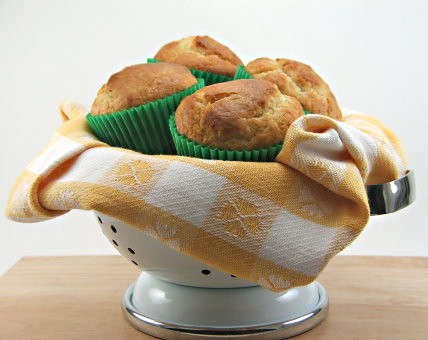Cranberry-Orange Cinnamon Rolls
After many recent flops with my baking, it was SO rewarding to have a huge hit this morning! The house smells wonderful and we almost couldn't wait for them to cool to get the icing on. I may never eat a canned cinnamon roll again. I attempted to make these very slightly more healthy with some of the substitutions below as well as using considerably less raw sugar in spice mix and icing. With the melange of flavors it wasn't missed at all.
SulaBlue's Cranberry-Orange Cinnamon Buns
- Log in or register to post comments
- 5 comments
- View post
- SulaBlue's Blog


